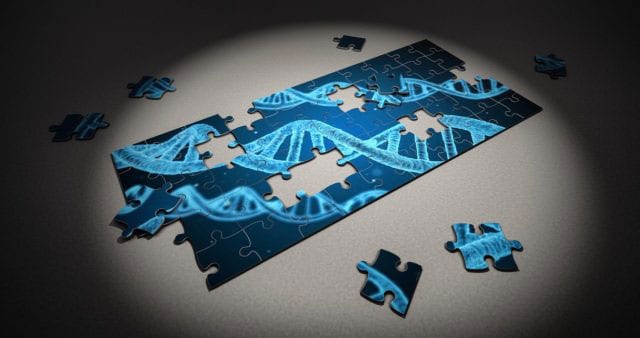Doctor Daniel Kastner, director of NHGRI, recently uncovered a new rare disease along with his research team. It’s called CRIA syndrome. This discovery has been published in Nature.
CRIA
CRIA has characteristics of an autoinflammatory disease. The symptoms of CRIA are consistent fevers, severe abdominal pain, headaches, gastrointestinal issues, swollen lymph nodes, and occasionally an enlarged liver and spleen. These symptoms persist throughout the patient’s life, causing pain, discomfort, disability, and decreased quality of life.
When tests for cancers and infections came back negative for patients, researchers turned to genome sequencing. They discovered a mis-sense mutation among patients. While each mutation was unique, they all affected the same gene: RIPK1. Every patient had one healthy version of the gene and one mutated copy.
They then looked at 554 individuals who had sporadic fever, swollen lymph nodes, and other CRIA symptoms as well as a quarter of a million individuals in a public database. They wanted to find if these same RIPK1 mutations were present elsewhere. When they weren’t, they knew that they had discovered a new condition.
RIPK1 Gene
The RIPK1 gene is responsible for encoding the RIPK1 protein. A different protein is responsible for making sure that RIPK1 doesn’t cause inflammation in all cells by disarming it at a certain location. In CRIA patients, the mutation in the RIPK1 gene occurs at the point in the sequence where the protein is typically disarmed. This mutation causes RIPK1 to be indestructible.
The name of this new disease means cleavage-resistant RIPK1-induced autoinflammatory syndrome, explaining the mechanisms of this disease.
To further understand RIPK1’s importance in CRIA, NIH researchers utilized a mouse model with the help of Dr. Laloui and Dr. Silke in Australia. They found that mice with two copies of the mutated gene did not survive. Contrarily, mice with one proper copy of the gene and one mutant copy had a heightened response to some inflammatory stimuli.
Finding a Treatment
Dr. Kastner and his team weren’t satisfied with finding the cause of this disease. They wanted to find the treatment. That was their ultimate goal.
First, standard therapies used to reduce inflammation were used. These are the same treatments used for rheumatoid arthritis and other chronic or autoinflammatory diseases. Unfortunately, these had practically no effect for CRIA patients. But then they tried a drug named tocilizumab which is a drug used to suppress the body’s immune system. This therapy effectively reduced the frequency of symptoms and their severity for CRIA patients. Out of 7 patients who tried the drug, 5 had positive responses. For some of these individuals, these results were life changing.
The next step for the researchers is understanding why tocilizumab works for CRIA. RIPK1 specific inhibitors are also under investigation. It’s suspected these may not only aid in the treatment of this newly discovered disease, but other inflammatory diseases as well.
You can read more about CRIA and it’s discovery here.







